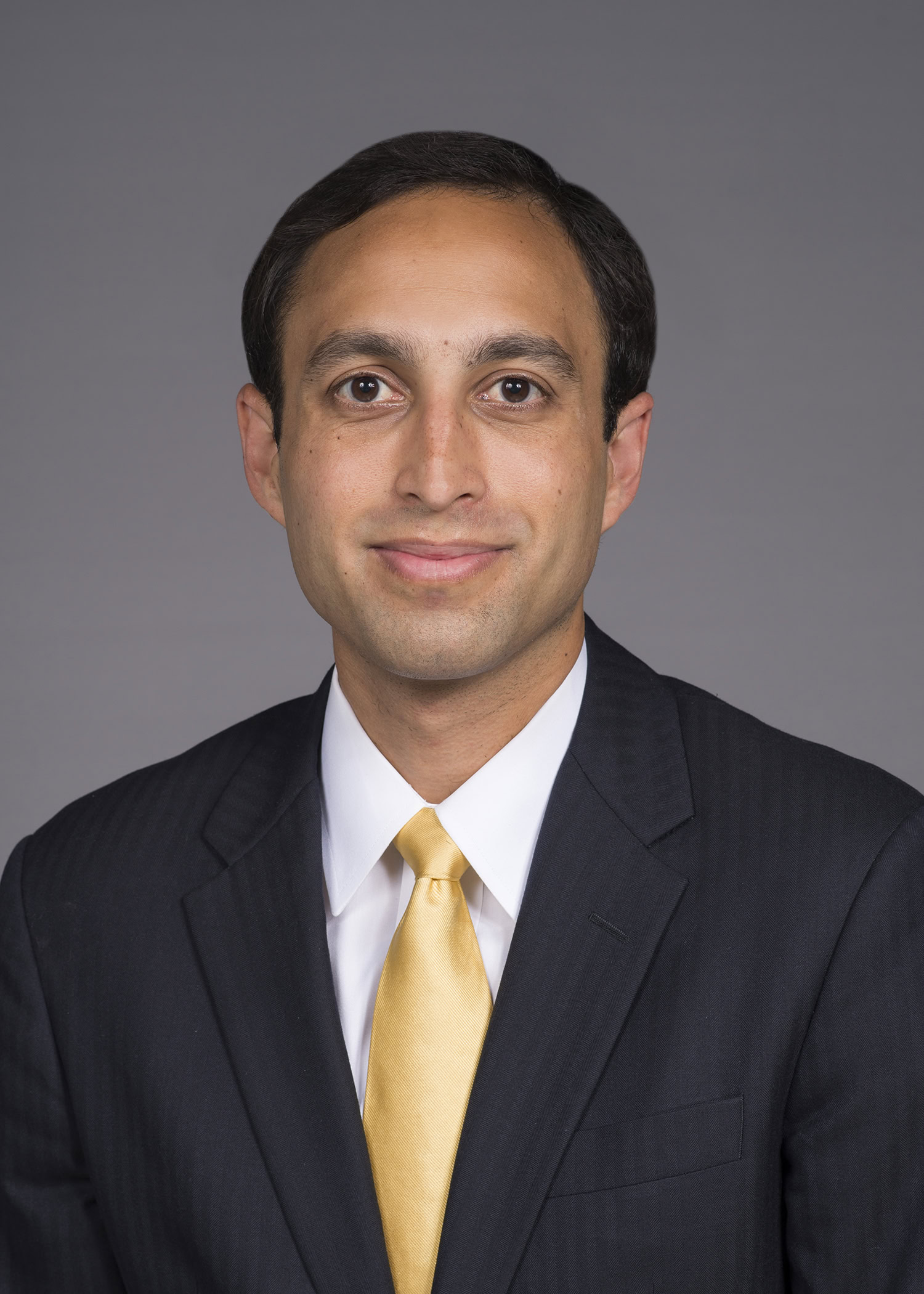Aggressive tumor features were associated with the risk of regrowth in patients with rectal cancer in a new study being presented at Digestive Disease Week® (DDW) 2024 by Neal Bhutiani, MD, PhD, fellow in advanced colon and rectal surgical oncology at The University of Texas MD Anderson Cancer Center.

“The option of non-operative management after neoadjuvant therapy is very appealing to patients,” says Dr. Bhutiani. “When weighed against the potential side effects of a rectal resection, many patients prefer a watch-and-wait approach. If we can better understand who is likely to experience regrowth following neoadjuvant therapy, we can be more confident when advising patients whether surveillance or resection is right for them.”
“Our study reinforces that “watch and wait” is a viable treatment strategy, including for patients with some of these risk factors,” he says. “We talk about the potential for non-operative management with patients from the first time they meet us all through their treatment course. These data can inform that discussion and help set expectations.”
The study included 126 patients with rectal cancer treated with neoadjuvant radiotherapy and/or chemotherapy. All patients had experienced a complete clinical response (cCR) or near-cCR and were therefore eligible for non-operative management.
Key results after a median of 33 months of follow-up include:
- The rate of regrowth was consistent with previous studies.
- Regrowth typically occurred locally. Twenty-seven patients (21.4%) experienced local regrowth while eight (6.3%) experienced distant metastases.
- Aggressive tumor features were associated with higher risk of regrowth. Extramural vascular invasion (EMVI) and clinically positive pelvic sidewall lymph nodes were associated with a higher risk of regrowth.
- Patients with a near-cCR may be at higher risk of late regrowth. Overall, regrowth-free survival was similar between patients with cCR and near-cCR on initial post-treatment endoscopic evaluation. However, after one year, patients with an initial cCR trended toward having lower risk of regrowth.
Extramural vascular invasion and clinically positive pelvic sidewall lymph nodes are known features of aggressive tumor biology, but this is the first time they have been associated with tumor regrowth. This may partially be due to the fact that these high-risk patients have not always been included in studies evaluating non-operative management in rectal cancer, according to Dr. Bhutiani.
The fact that most regrowth occurred locally suggests that some residual tumor cells are undetectable by current methods, says Dr. Bhutiani, despite the strict criteria of a cCR — patients undergo a digital rectal exam, endoscopic evaluation and high-quality magnetic resonance imaging.
“We do the best with the tools we have,” he says. “But our tools are not perfect. Even with all of our new multimodal treatments, tumor biology ultimately determines outcome.”
Dr. Bhutiani and colleagues are currently looking for additional risk factors of tumor regrowth to see whether patient genetics and tumor immunologic profile can predict the likelihood of regrowth. Ultimately, they hope that an objective calculator or risk score can be used to stratify patients and determine who is appropriate for surveillance and who requires surgery.
Dr. Bhutiani’s oral presentation, “Risk factors for regrowth after nonoperative management for rectal cancer” on Monday, May 20, at 8 a.m. EDT is part of the SSAT Presidential Plenary Session.




